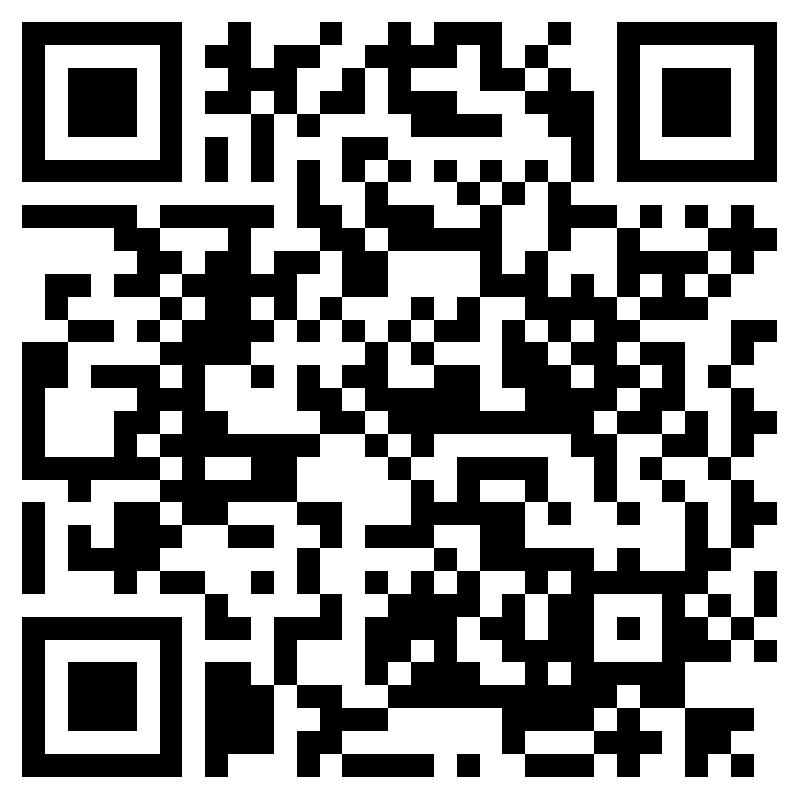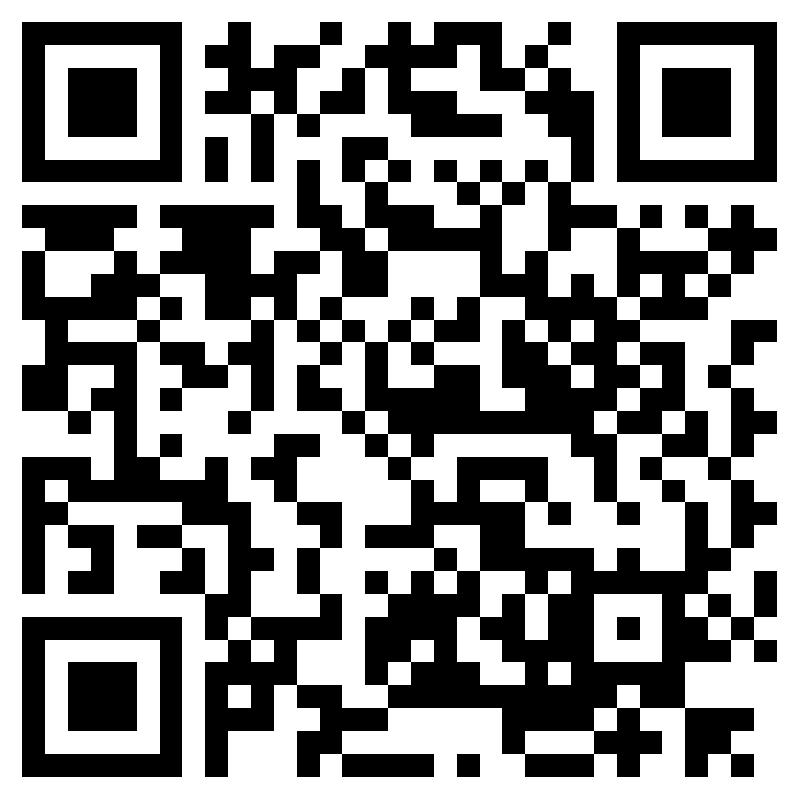Default Risk, also known as the 'credit risk', is normally gauged by the rating assigned to the bond by an independent credit rating agency. Rating of debt securities issued by governments and related entities and corporates first originated in the United States and the over the last few years have set up local offices in several other countries. In India, the top 5 credit rating agencies are as follows:
- CRISIL – A Standard & Poor's Company
- ICRA – in alliance with Moody's Investors Service
- CARE Ratings
- India Ratings & Research – A Fitch Group Company
- Brickwork Ratings
Standard & Poor's defines debt rating as follows:
“ A credit rating is Standard & Poor's opinion on the general creditworthiness of an obligor, or the creditworthiness of an obligor with respect to a particular debt security or other financial obligation.”
According to Moody's, “the purpose of Moody's ratings is to provide investors with a simple system of gradation by which future relative creditworthiness of securities may be gauged.”
Functions of Debt Ratings
- Provide superior and reliable source of information – unbiased, assesses risks and has access to information which may not be publicly available
- Offer low – cost information
- Serve as a basis for proper risk – return tradeoff
- Impose healthy discipline on corporate borrowers
- Lend greater credence to financial and other representations
- Facilitate the formulation of public policy guidelines on institutional investment
Rating Structures of Moody's and Standard & Poor's
Moody's and Standard & Poor's are the most widely recognised credit rating agencies internationally. The rating structures of these organizations are shown below in the table.Note that Moody's uses numbers to rate between Aaa and C, whereas Standard & Poor's uses a system of plus and minus from AAA to C. Some rating agencies also employ a D grade to indicate that the issue is in default.


























